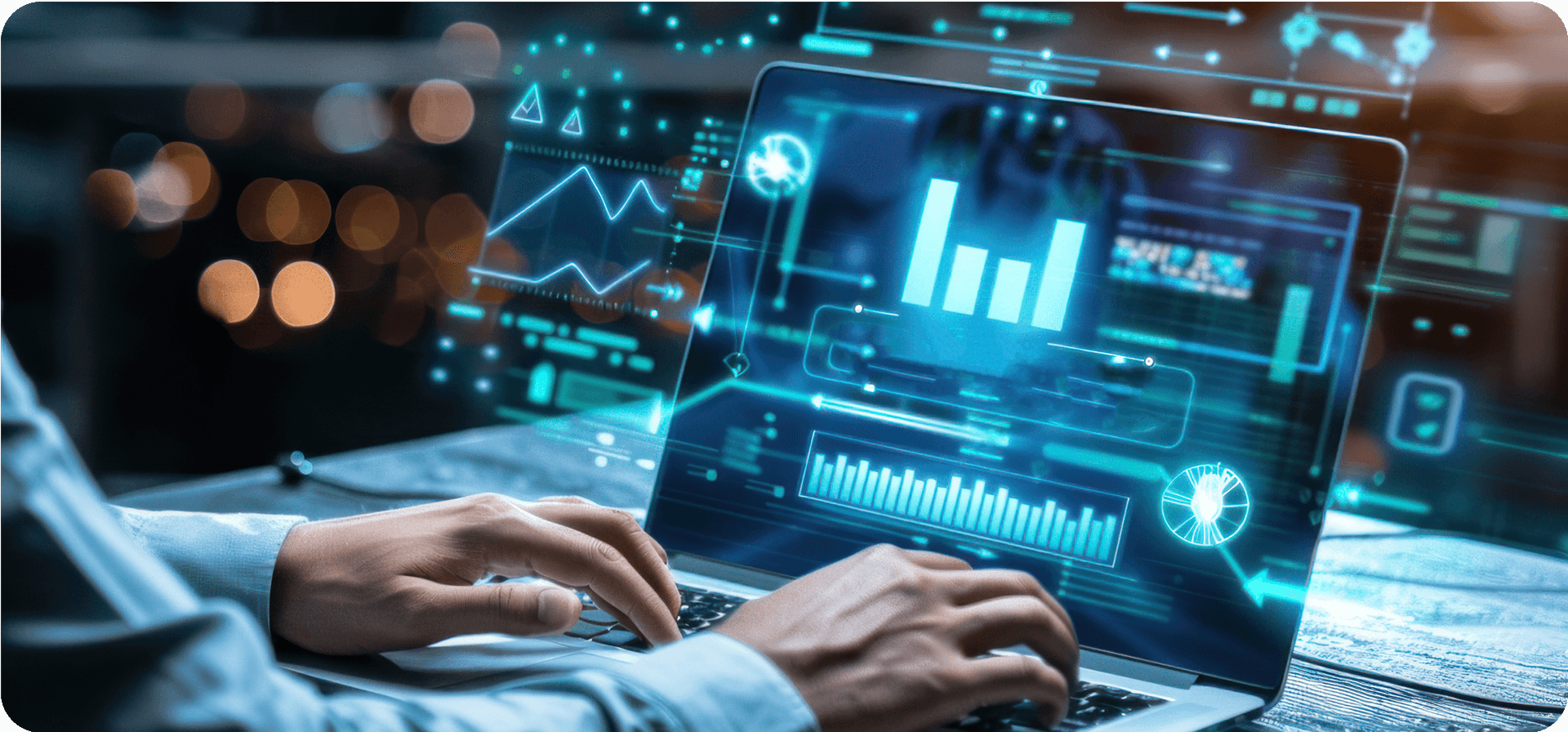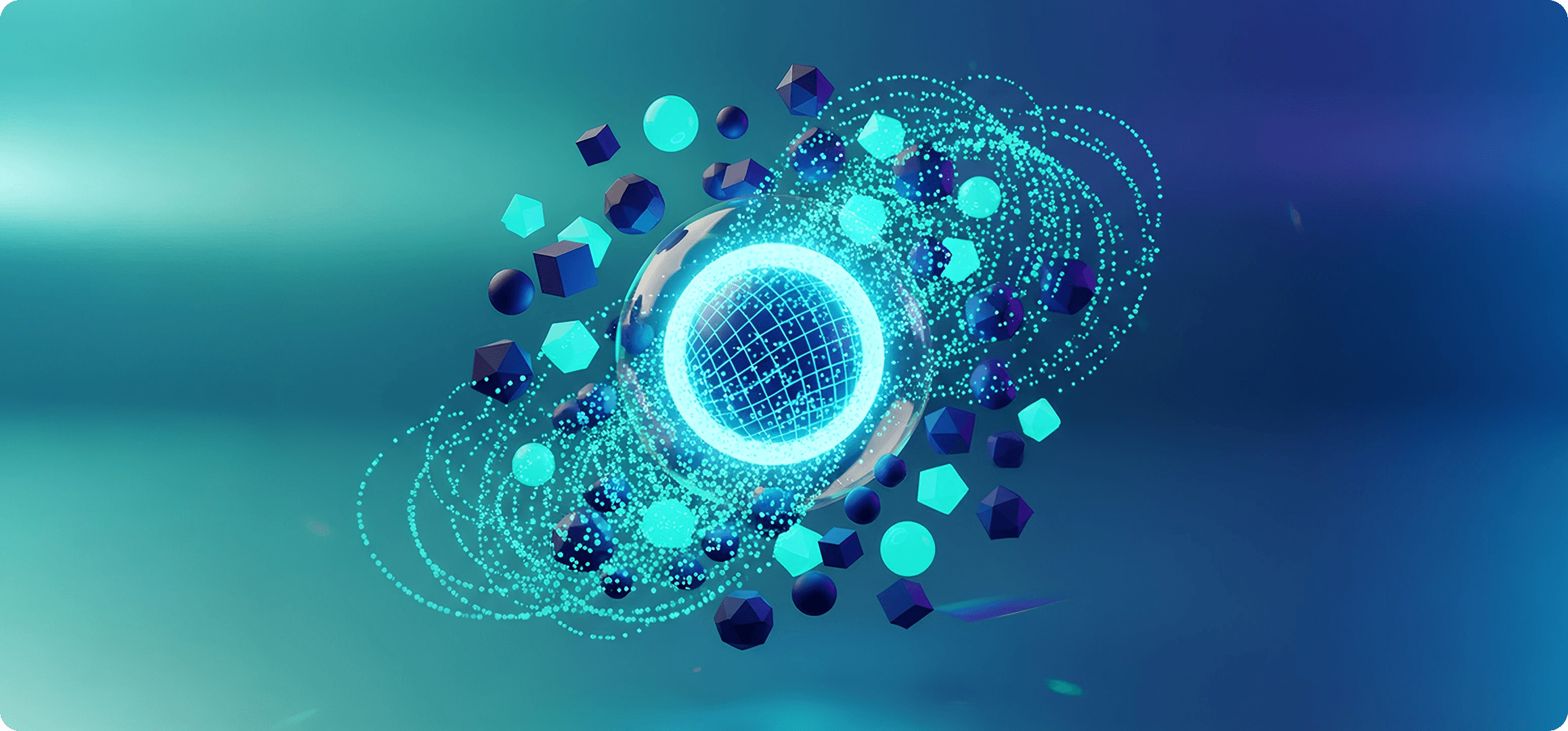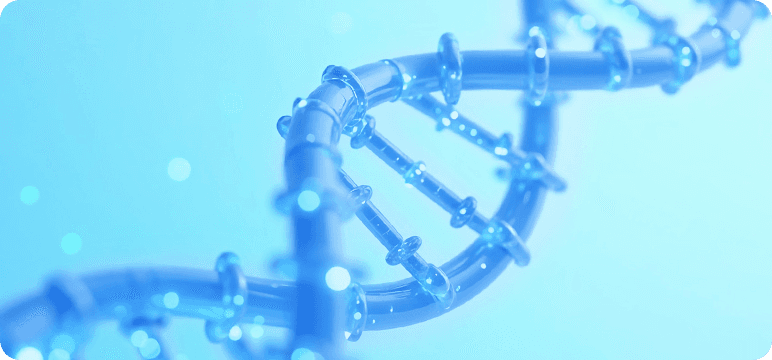The Role of Generative AI in Accelerating Legacy System Modernization

Modern enterprises are at a crossroads: their ambitions for innovation are often stifled by the limitations of legacy systems. These aging platforms, once the backbone of business operations, now struggle to keep pace with the demands of digital transformation. The emergence of Generative AI offers a breakthrough—one that is not just theoretical, but proven by real-world success stories from some of the world’s most recognized organizations.

1. Why Modernization Matters
Legacy systems, often built on outdated technologies and languages, can be costly to maintain and difficult to adapt. They accumulate technical debt, introduce security vulnerabilities, and limit an organization’s ability to innovate. The need to modernize is no longer optional; it’s a strategic imperative for survival and growth.
Yet, modernization is fraught with risk. Traditional approaches—such as “rip and replace” or “lift and shift”—can be expensive, disruptive, and slow. This is where Generative AI steps in, offering a smarter, faster, and less risky path to modernization.
2. How Generative AI Transforms Modernization
Generative AI refers to advanced AI models and services capable of analyzing, generating, and refactoring code, automating documentation, and even recommending architectural improvements. Its impact on modernization is profound:
- Automated Code Analysis & Refactoring: AI can scan millions of lines of legacy code, identify business logic, and suggest or even implement improvements.
- Accelerated Cloud Migration: Generative AI maps dependencies and automates the migration of workloads to the cloud, reducing downtime and risk. Learn more about our Cloud & Hyperscaling services our Cloud & Hyperscaling services.
- Technical Debt Reduction: By identifying redunda nt or outdated code, AI helps organizations reduce technical debt and improve maintainability.
- Continuous Optimization: AI agents monitor and optimize systems post-migration, ensuring ongoing performance and compliance.

3. Real-World Success Stories: Where AI Modernization Works
To illustrate the tangible impact of Generative AI, let’s look at several well-known organizations that have successfully modernized their legacy systems.
1. Khan Academy: Scaling Education with Automated Modernization
Khan Academy, a global educational platform, faced significant challenges as its user base grew. Its original monolithic Python 2 application was becoming a bottleneck, riddled with technical debt and scalability issues. Recognizing the risks of manual modernization, Khan Academy launched “Project Goliath—a strategic initiative to modernize its architecture.
Instead of relying on labor-intensive manual processes, Khan Academy leveraged automated modernization techniques, many powered by AI. This allowed them to:
- Efficiently manage and refactor their extensive codebase
- Minimize the risk of errors and inconsistencies
- Meet ambitious timelines for migration and feature updates
The result was a successful transition from a monolith to a service-oriented architecture, enabling the platform to handle millions of users with improved reliability and scalability.
2. Citi: Financial Services at Scale with Generative AI
Citi, one of the world’s largest financial institutions, has embraced generative AI to modernize its legacy systems. By deploying Google’s Vertex AI, Citi was able to:
- Automate code analysis and refactoring for mainframe and midrange applications
- Fuel generative AI initiatives across developer toolkits and document processing
- Accelerate the migration of critical workloads to cloud environments
This transformation not only improved operational efficiency but also enhanced the agility of Citi’s technology teams, supporting faster innovation and more robust compliance.
3. Automotive Industry: From AS/400 to Cloud-Ready Architecture
A leading enterprise in the to overhaul its legacy AS/400 system. Generative AI frameworks were used to: automotive dealer sales market partnered with Akkodis to overhaul its legacy AS/400 system. Generative AI frameworks were used to:
- Scan and document decades-old codebases, extracting business logic and mapping data flows
- Generate detailed dependency graphs and database schemas
- Develop a tailored migration strategy to move from legacy DB2 databases to modern SQL systems on Azure
This AI-driven approach enabled the company to complete its assessment and migration phases far more quickly and accurately than traditional methods, minimizing disruption and ensuring data integrity throughout the process.
4. Global Banking: COBOL Modernization
A major global bank tackled its reliance on COBOL-based mainframes by deploying AI-powered refactoring tools. These tools automated the conversion of legacy code, optimized workflows, and reduced transaction processing times by 40%. The result was a more agile, cloud-ready platform that could scale to meet evolving business demands.
- Scan and document decades-old codebases, extracting business logic and mapping data flows
- Generate detailed dependency graphs and database schemas
- Develop a tailored migration strategy to move from legacy DB2 databases to modern SQL systems on Azure
This AI-driven approach enabled the company to complete its assessment and migration phases far more quickly and accurately than traditional methods, minimizing disruption and ensuring data integrity throughout the process.
Key Benefits Organizations Are Seeing:
- Significant reductions in analysis time for complex legacy systems
- Faster project completion—months instead of years
- Lower risk of project failure due to better planning and testing
- Improved system performance and security after modernization
- Reduced long-term maintenance costs

4. The Modernization Journey
The journey from legacy to modern systems is rarely linear.
It begins with a critical assessment—often powered by AI—of existing infrastructure. AI tools scan the codebase, uncover hidden dependencies, and map out the business logic embedded over years or decades.
With this intelligence, organizations can craft a strategic roadmap.
Rather than attempting a risky, all-at-once migration, leading firms now use Generative AI to incrementally refactor code, migrate workloads, and integrate new cloud-native services. AI agents automate repetitive tasks, generate documentation, and even create test cases to ensure that business-critical functions remain intact.
Throughout this process, Generative AI acts as both a catalyst and a safety net. It accelerates timelines, reduces manual effort, and continuously monitors for new technical debt or performance bottlenecks. The result is a living, evolving IT landscape that is resilient, scalable, and future-proof.
Secure Your Modernization Journey
Modernizing your systems is a significant undertaking, and safeguarding your digital assets throughout this transformation is paramount. As you refactor code, migrate workloads, and integrate new cloud-native services, ensuring robust cybersecurity measures are in place is critical.
Lessons from the Frontlines
Automation is Essential:
Manual modernization is no longer viable at enterprise scale. AI-driven automation is the only way to keep pace.
Incremental Modernization Reduces Risk:
Rather than “big bang” migrations, successful firms use AI to modernize in stages, preserving business continuity.
Domain Expertise Still Matters:
While AI handles much of the heavy lifting, human oversight ensures that business needs and compliance requirements are met.
Continuous Optimization is the New Normal:
Modernization is not a one-time event. AI agents provide ongoing monitoring and improvement, keeping systems aligned with business goals.

5. The Future: Enterprise AI as a Strategic Advantage
Generative AI is not just a tool for modernization—it’s a strategic differentiator.
As more organizations embrace AI-powered modernization, the gap between digital leaders and laggards will widen.
The most successful enterprises will be those that:
- Invest in AI-driven assessment and migration tools
- Foster collaboration between IT and business stakeholders
- Embrace continuous modernization as an ongoing discipline
Let's look at some of the most important AI trends to watch.
1. Smarter AI Agents: Your New Helpful Hand
The future of AI means smarter AI agents that work with us. As Sundar Pichai, Google's CEO, says, The future of AI is not about replacing humans, it's about augmenting human capabilities. This means AI helps us do things better.
For example, Mercedes-Benz has an MBUX Virtual Assistant.It doesn't just follow simple commands; it can talk to drivers and understand what they mean. This makes for a smoother experience and helps the company run things more efficiently. It's like having a very smart helper always ready to assist.
2. Self-Healing and Autonomous Systems: AI That Manages Itself
Imagine systems that can fix their own problems and run without needing people to constantly check on them. That's what self-healing and autonomous systems are all about. Andrew Ng, a co-founder of Google Brain, once said, "AI is the new electricity," meaning it's a fundamental part of how things work now.
Take Amazon's Sequoia AI inventory systemThis AI manages and organizes products in their warehouses all by itself. This has really sped up how fast orders are processed and does not need much human help. Its a great example of AI working independently to make things more efficient.
3. Personalized Modernization and Decision-Making: AI Tailored For You
AI is getting really good at making things personal and helping with decisions based on what you need. Marc Benioff, CEO of Salesforce, believes that "Artificial intelligence and generative AI may be the most important technology of any lifetime."
A good example is how Bayer uses AI to predict when the flu might spread and to make their marketing better. This shows how AI can look at real information and understand what customers need to create plans that are truly made for them.
4. Human-Centric and Ethical AI: Keeping People First
As AI becomes more powerful, it's really important that we focus on human-centric and ethical AI.
Ginni Rometty, former CEO of IBM, put it well: "Some people call this artificial intelligence, but the reality is this technology will enhance us. So instead of artificial intelligence, I think we'll augment our intelligence."
People like Fei-Fei Li, who co-directs Stanford’s Human-Centered AI Institute, want AI to be transparent and benefit everyone. This makes sure that as we use more AI, we do so in a way that is fair and good for society.

Practical Steps for Enterprises
For organizations considering this journey, here’s a concise roadmap:
1. Assess Your Legacy Estate
Begin by using AI-driven tools to map out your existing systems, dependencies, and pain points. This assessment helps prioritize which applications require modernization first and uncovers hidden technical debt.
2. Engage with Proven Partners
Collaborate with vendors or consultants who have demonstrated success in AI-powered modernization. Their expertise ensures you avoid common pitfalls and leverage best practices tailored to your industry.
3. Pilot and Scale
Begin with pilot projects to build confidence and demonstrate value. Choose relatively simple, well-understood systems for initial AI-powered modernization efforts. These pilots provide valuable learning experiences and help teams develop the skills needed for larger projects.
Once proven, expand these solutions across other business units for broader transformation.
4. Upskill Your Teams
Invest in training programs so your workforce can effectively collaborate with AI agents and new technologies. Change management becomes crucial when introducing AI agents into modernization workflows.
Development teams need training on how to work effectively with AI tools. This includes understanding the technology's capabilities and limitations, learning to validate AI-generated code, and developing processes for human oversight.
5. Implementation and Scaling
Data quality and preparation significantly impact the success of AI-powered modernization. Organizations must ensure that their legacy systems are properly documented and that code repositories are clean and accessible. Poor data quality can lead to incorrect AI analysis and flawed modernization recommendations.
6. Monitor and Iterate
Use AI analytics to continuously track performance, identify new opportunities, and optimize processes. Regular reviews allow you to adapt quickly to changing business needs and technology trends.

Conclusion
Generative AI is rewriting the rules of legacy system modernization. As the experiences of Khan Academy, Citi, and leading automotive and banking enterprises show, the path to modernization is no longer paved with risk and uncertainty.
With the right blend of AI-powered automation, strategic planning, and human oversight, organizations can transform their legacy systems into engines of innovation and growth. AI consultancies and digital transformation experts can help businesses through their modernization journeys, unlocking new efficiencies, and future-proofing their operations in an increasingly AI-driven world.

Take the First Step Toward Legacy System Modernization with Generative AI
Contact our team to explore how Generative AI can accelerate your legacy system modernization and drive measurable business value.
FAQs
Frequently Asked Questions

About the Author
Abdul Wasey Siddique
Software engineer by day, AI enthusiast by night, Wasey explores the intersection of code and its impact on humanity.
Table of Contents
Newsletter Signup
Tomorrow's Tech & Leadership Insights in
Your Inbox
Discover New Ideas

The Business Case for Synthetic Data: Real-World Use Cases Driving Enterprise AI Success

Data Mesh vs. Data Lake: Which Architecture Fits Your Business Needs in 2025?

3+ Applications of Big Data in Healthcare (Real Examples)

Knowledge Hub